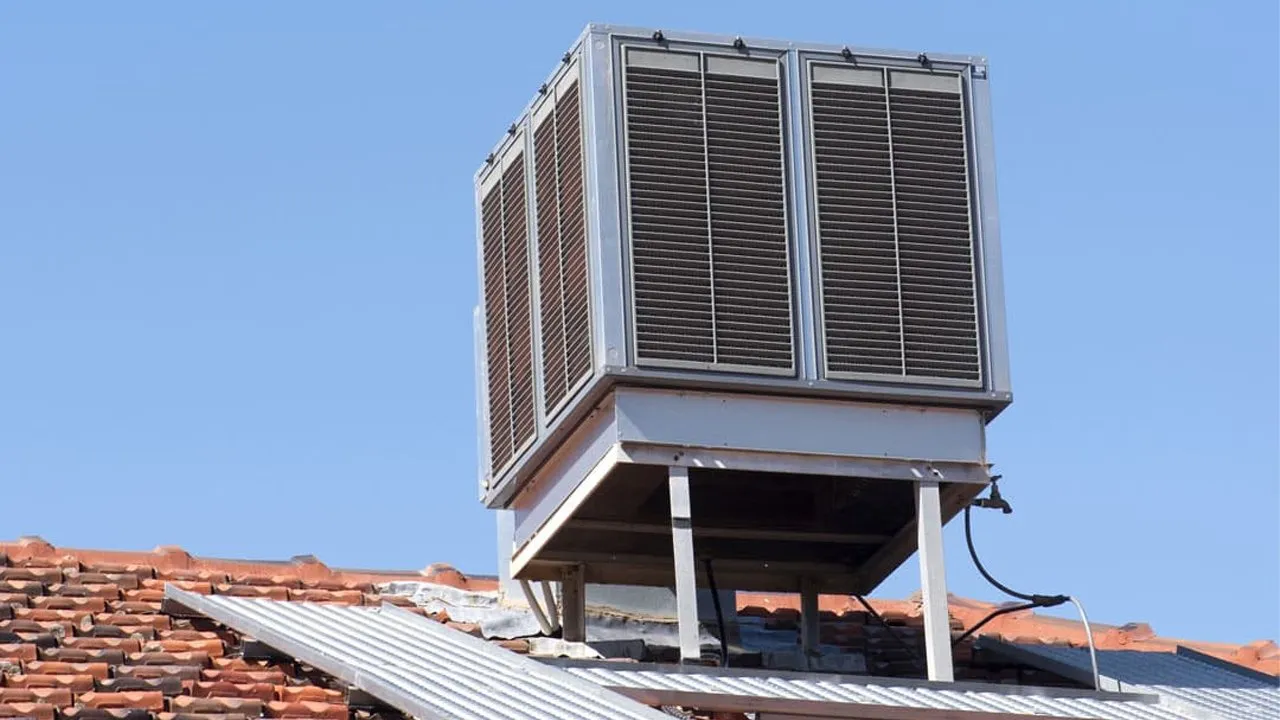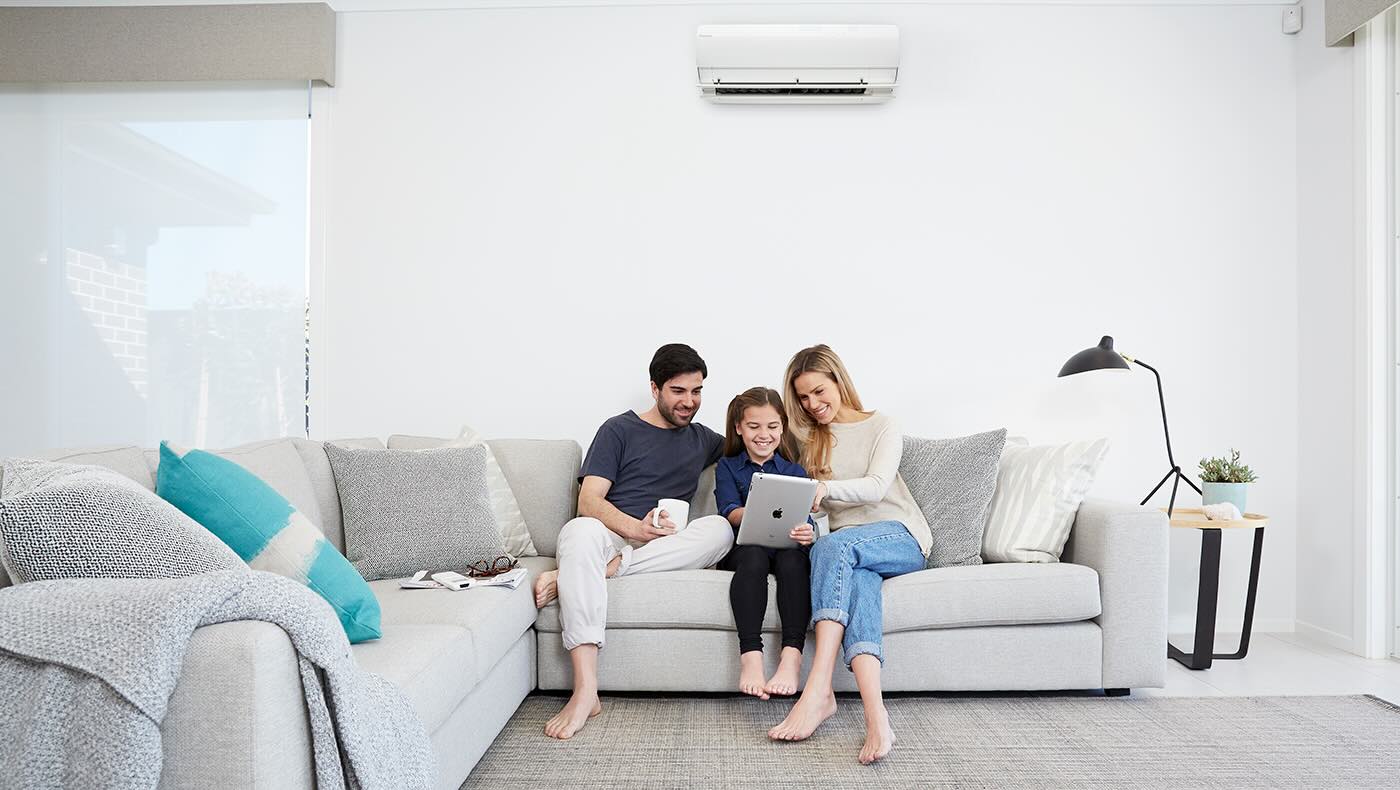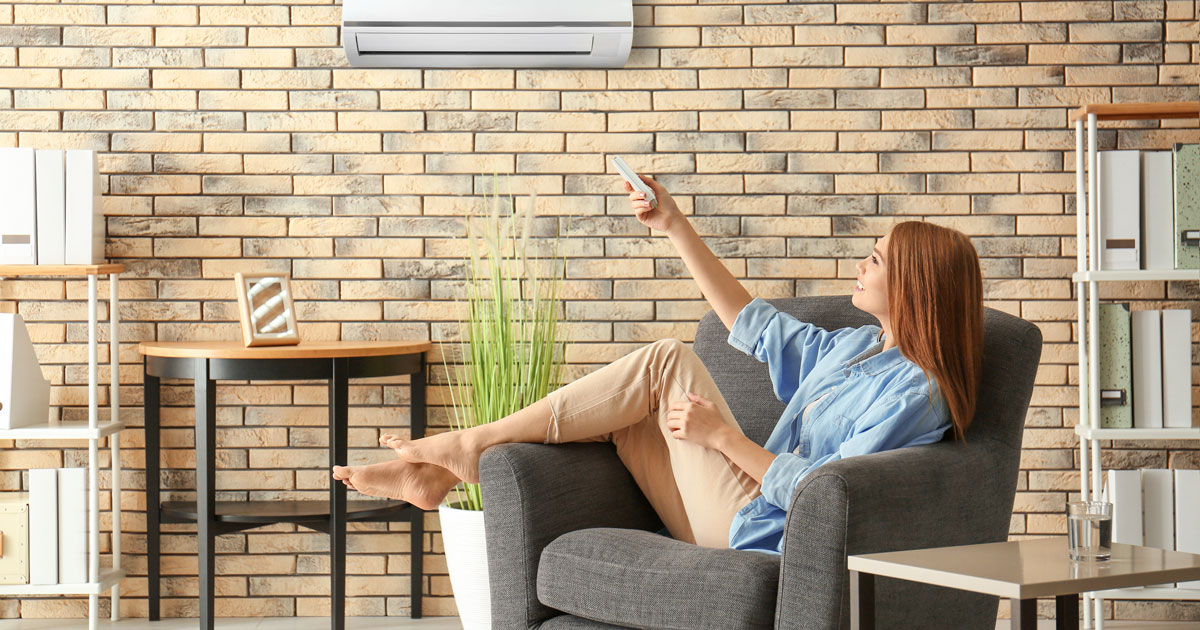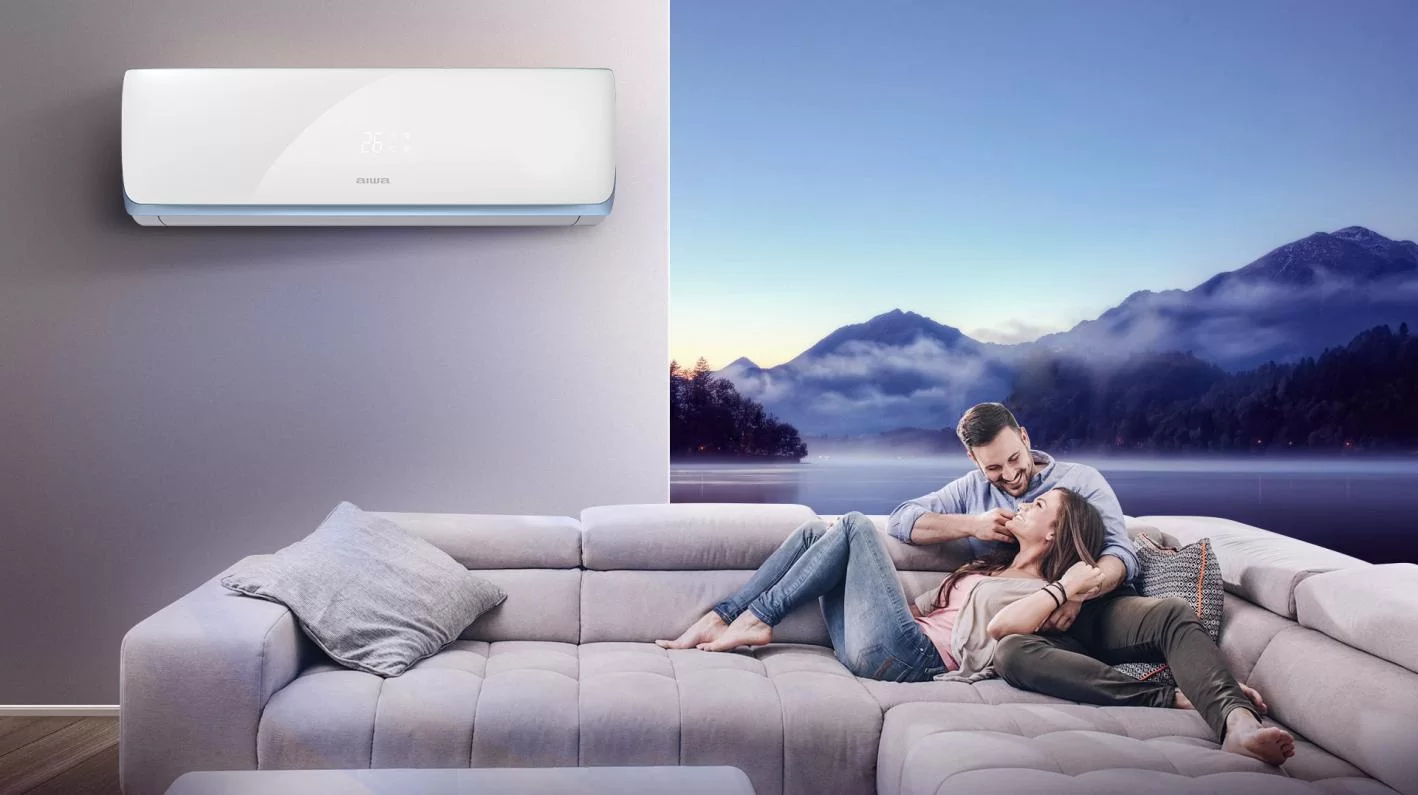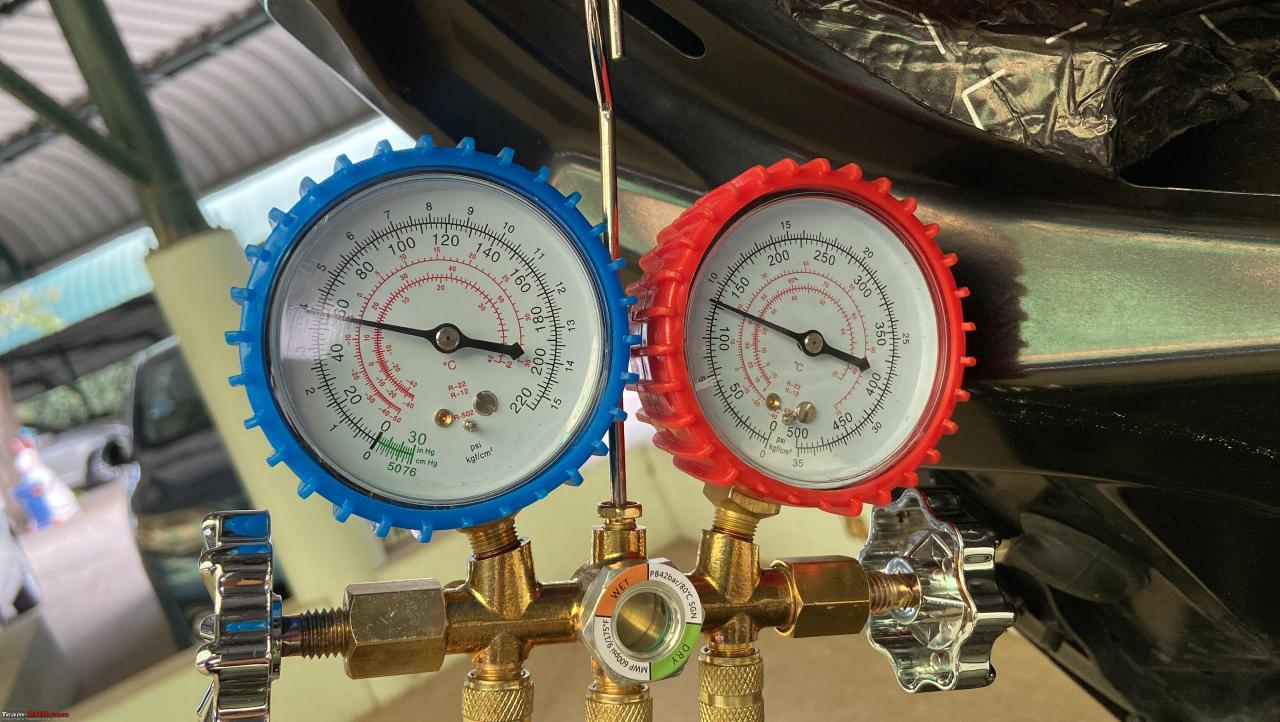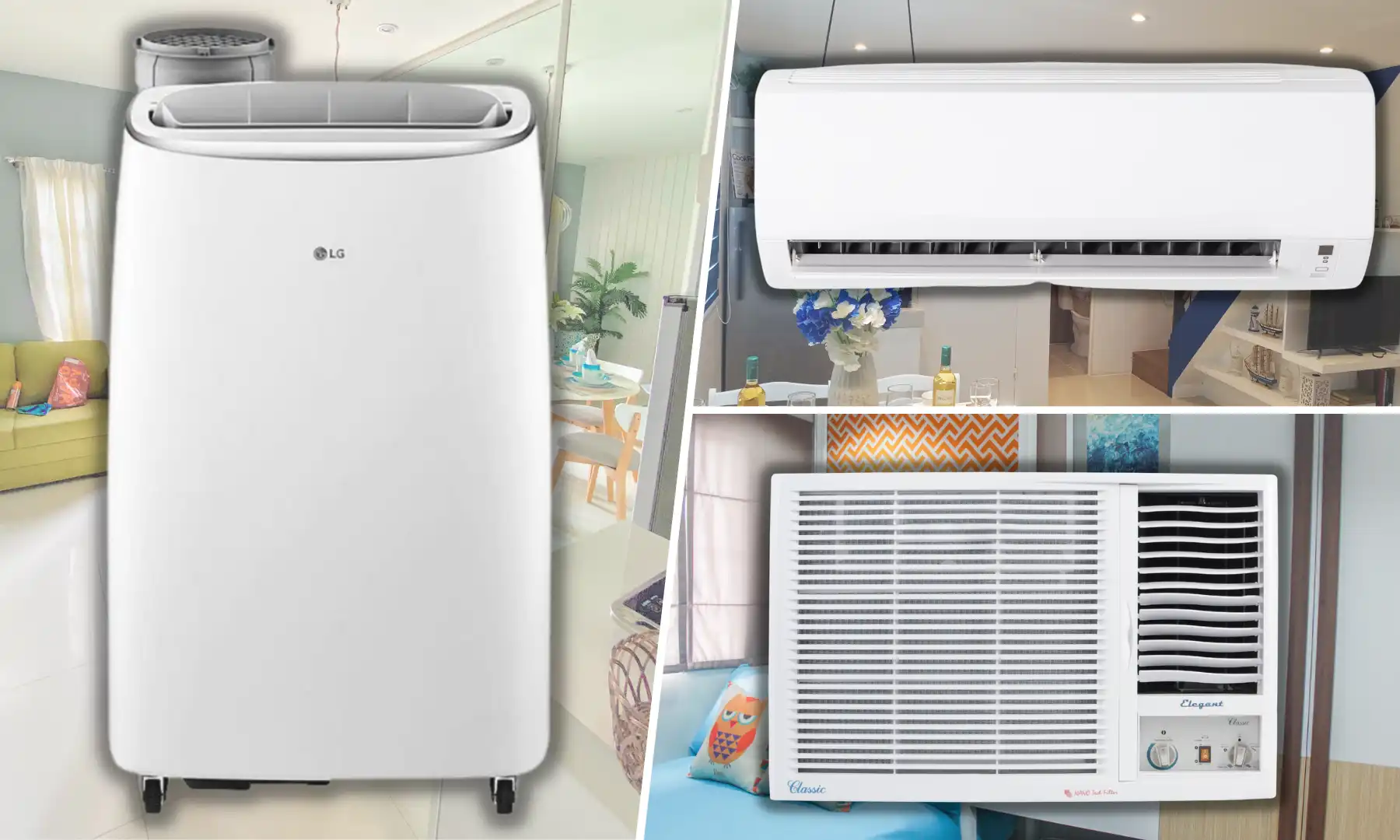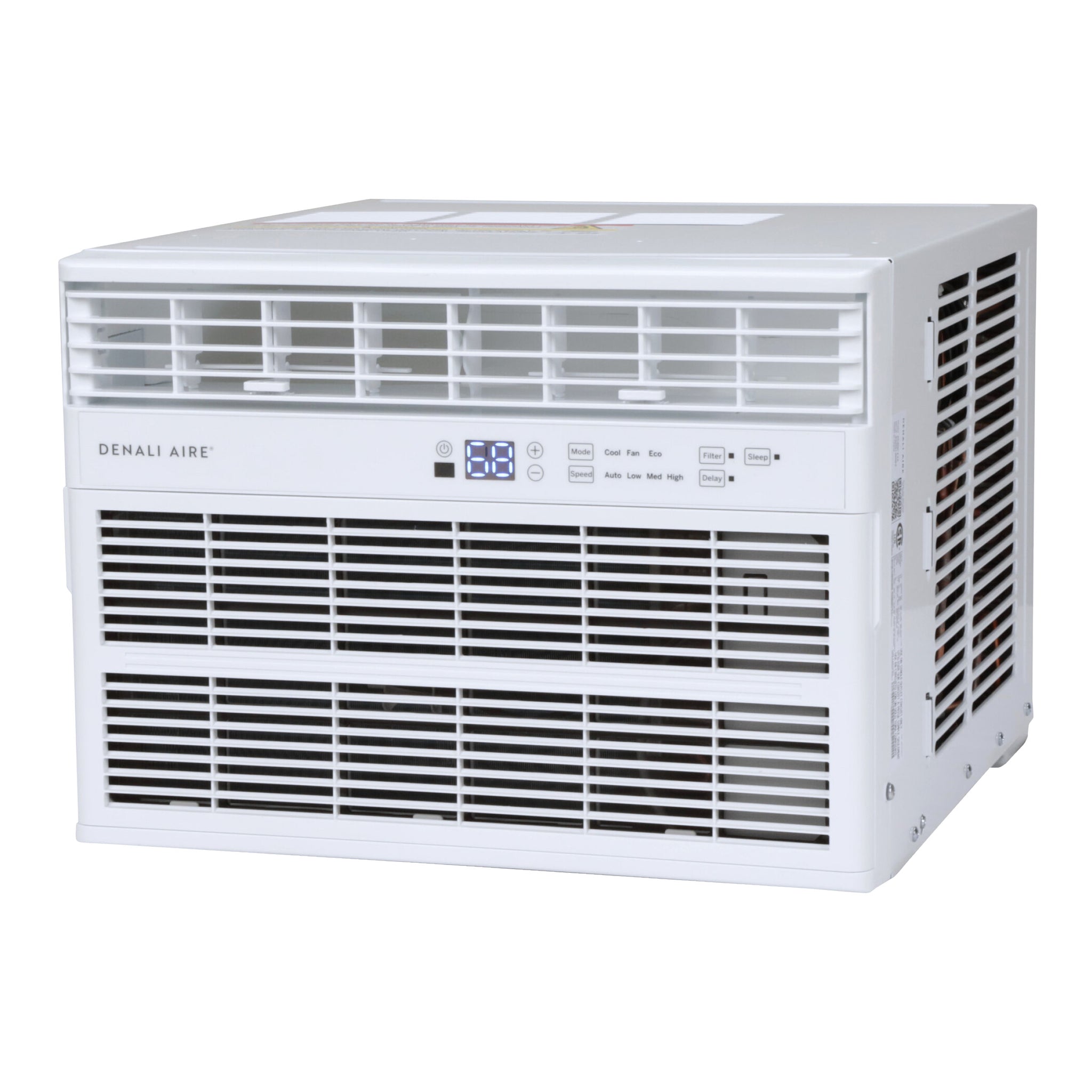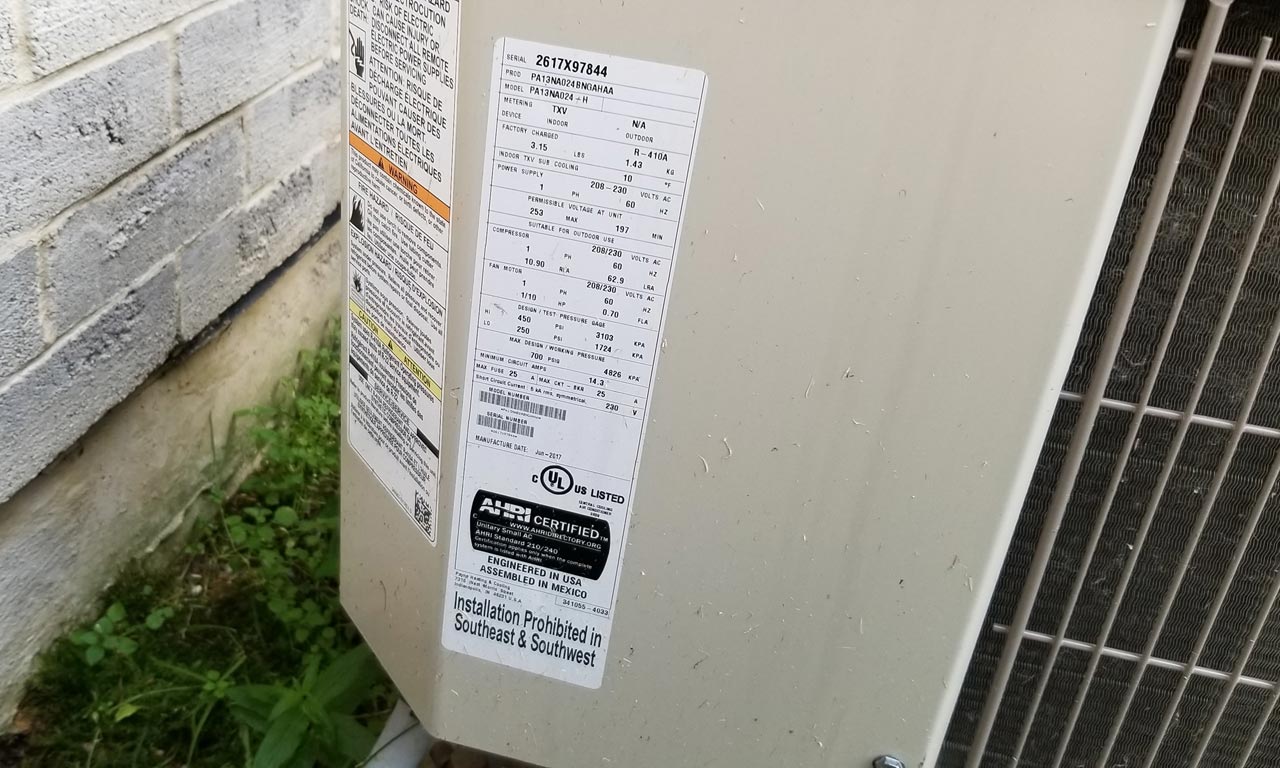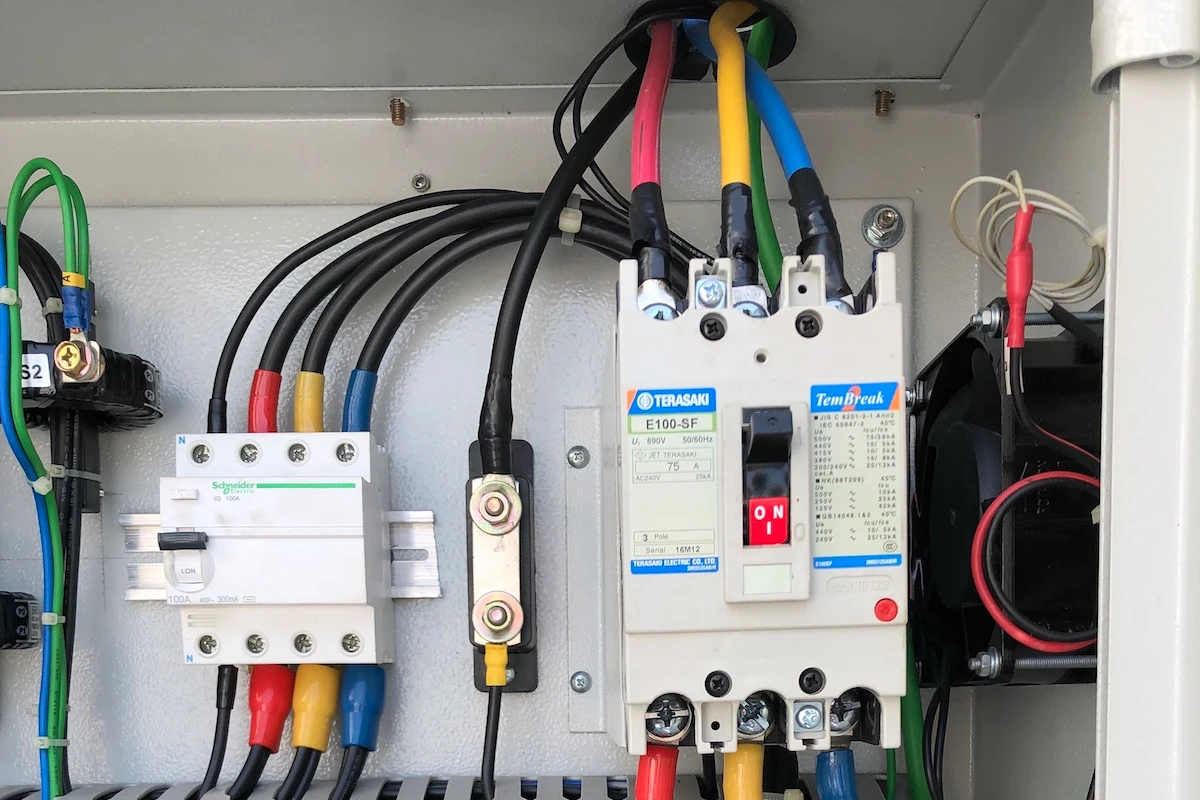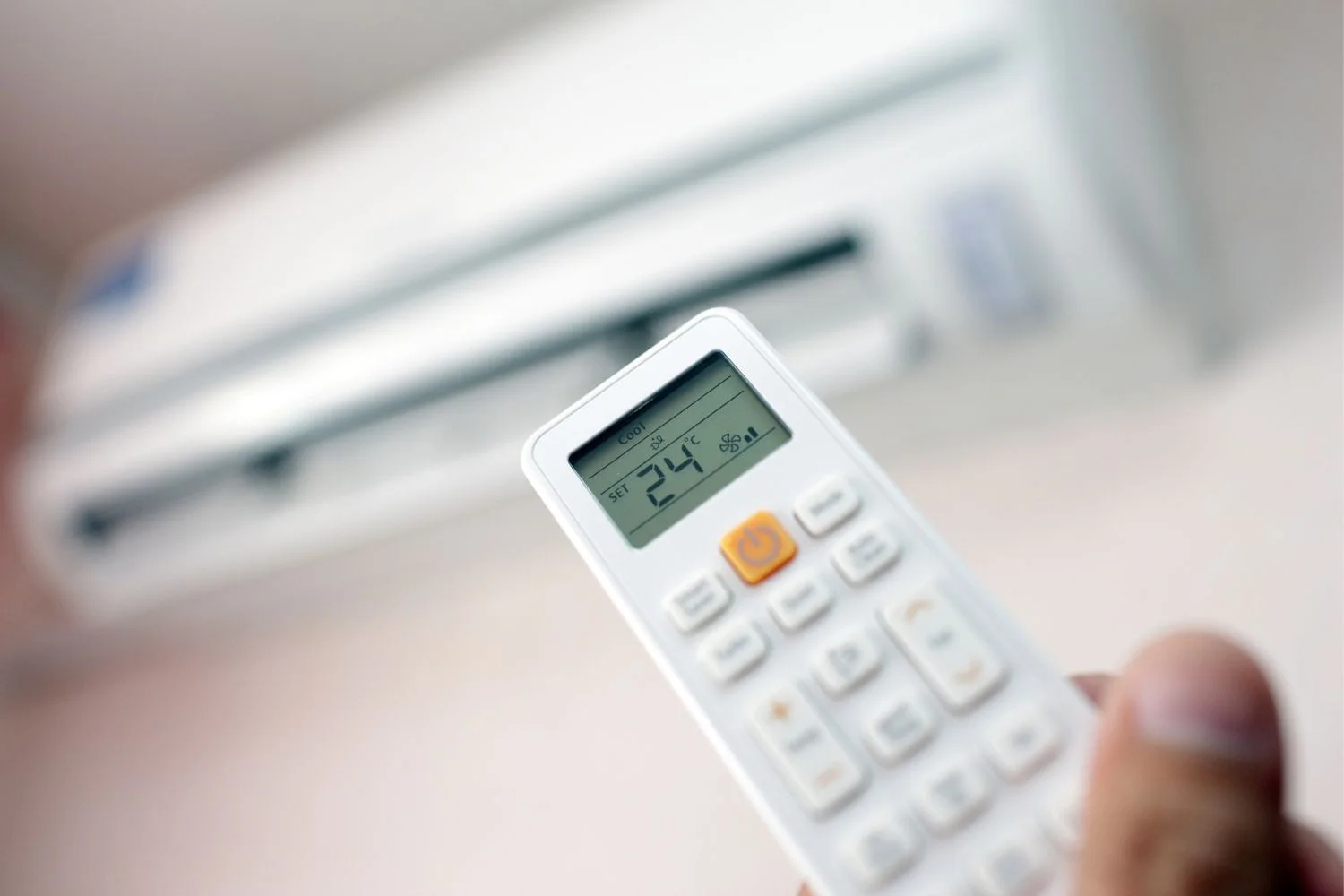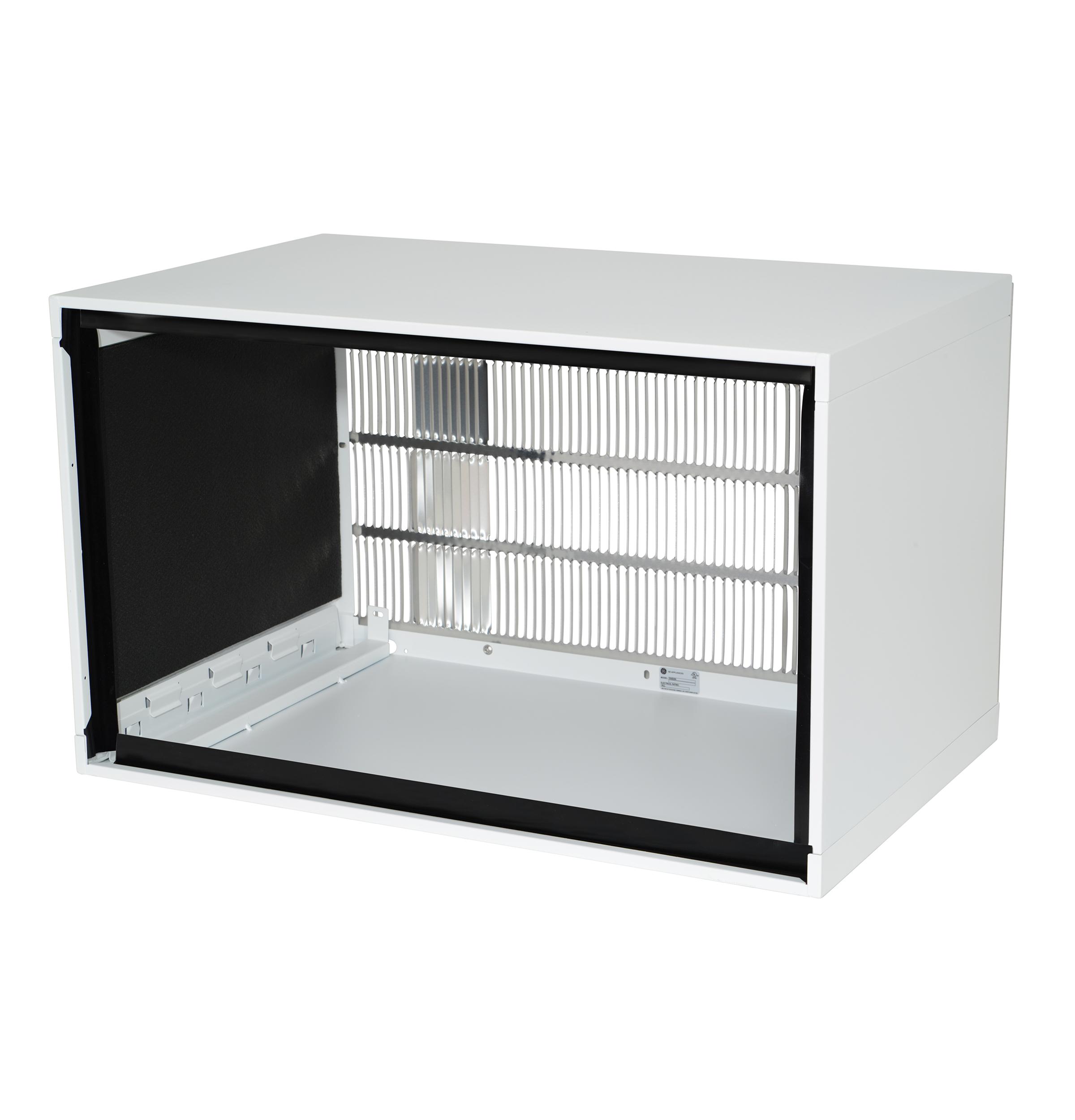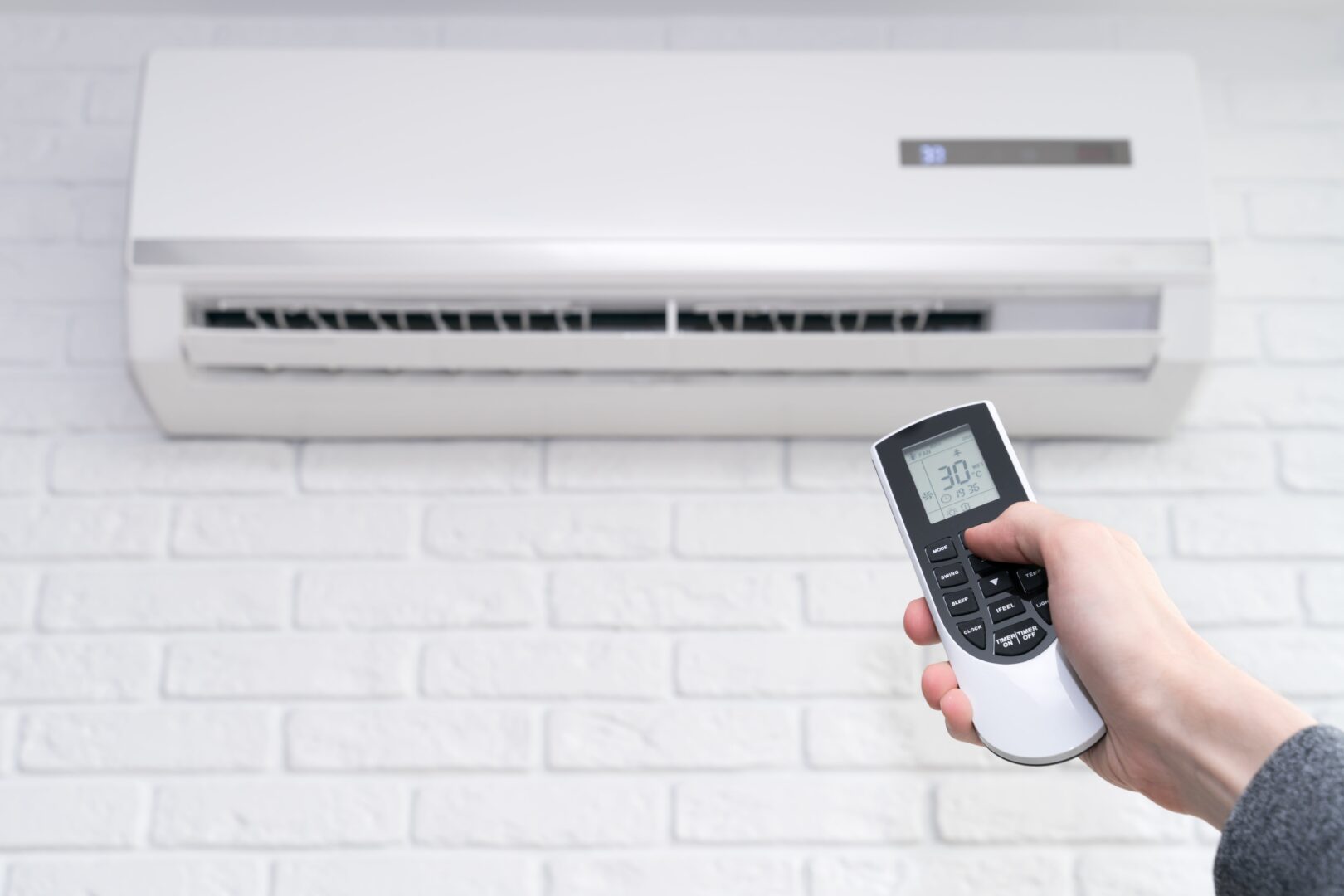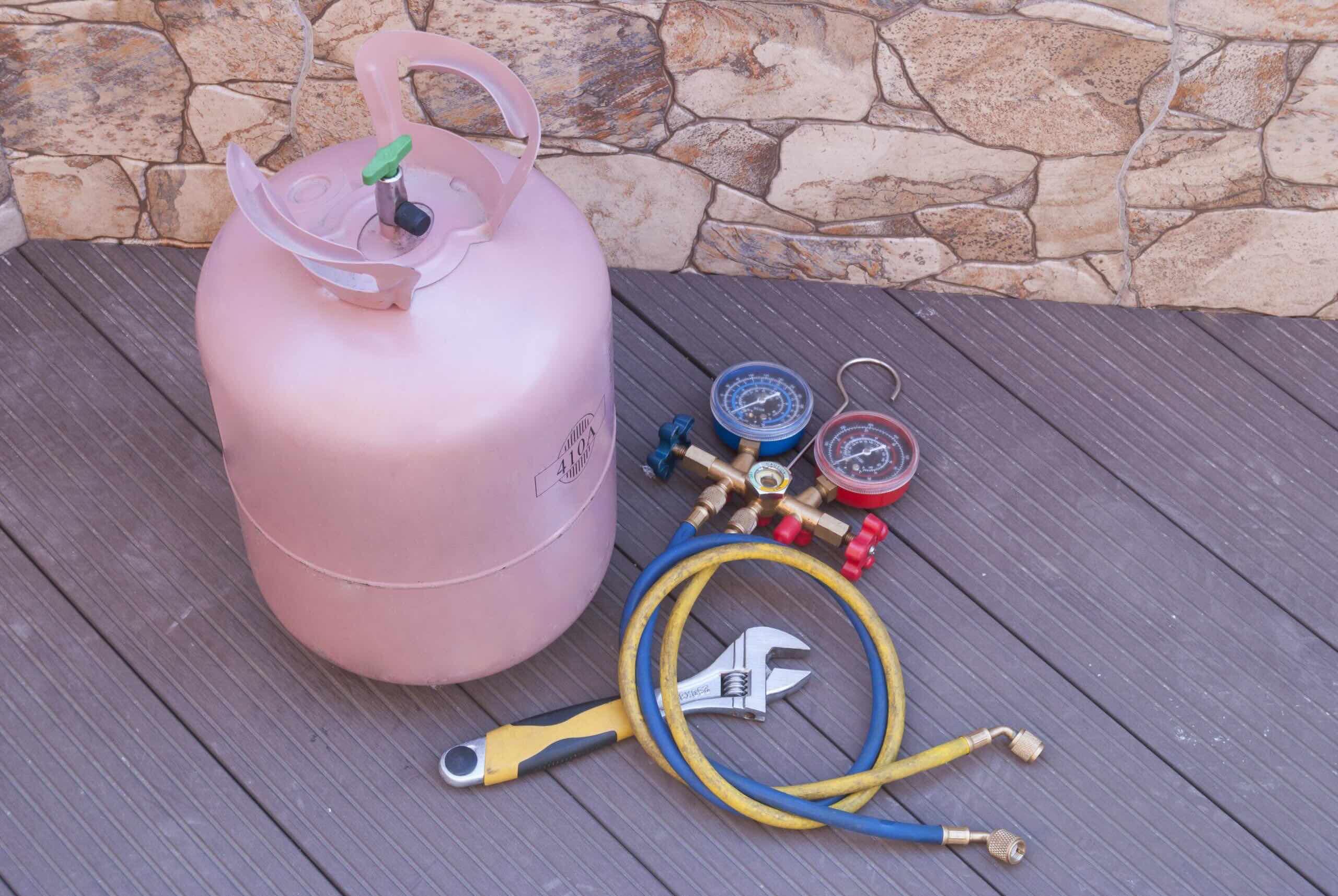Home>Home Maintenance>What Is EER In An Air Conditioner
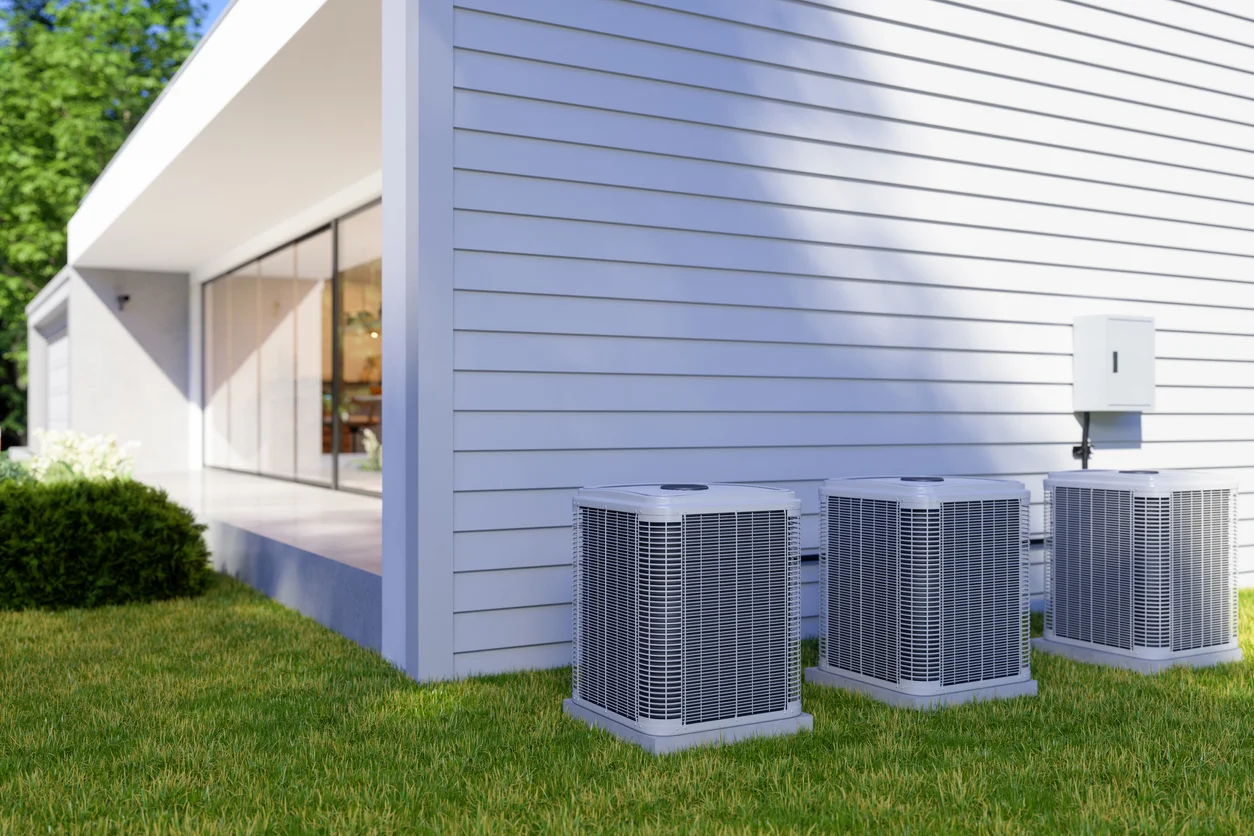

Home Maintenance
What Is EER In An Air Conditioner
Modified: March 7, 2024
Learn about the EER (Energy Efficiency Ratio) in air conditioners and its importance for home maintenance. Find out how to choose the most energy-efficient option.
(Many of the links in this article redirect to a specific reviewed product. Your purchase of these products through affiliate links helps to generate commission for Storables.com, at no extra cost. Learn more)
Introduction
Welcome to the world of home maintenance! In this article, we will explore the concept of EER (Energy Efficiency Ratio) in air conditioners. As homeowners, we strive to create comfortable living spaces while also being mindful of energy consumption and its impact on our environment. Understanding the importance of EER in air conditioners will help us make informed decisions when it comes to purchasing and maintaining these essential home appliances.
So, what exactly is EER? Let’s dive in and find out!
Key Takeaways:
- Choose air conditioners with higher EER ratings for cost savings and environmental benefits. They provide efficient cooling, durability, and potential incentives, ensuring comfort while being eco-friendly.
- Maximize your air conditioner’s EER by proper sizing, maintenance, temperature settings, insulation, fans, and shading. Save energy, reduce bills, and contribute to sustainability.
Read more: What Is An Inverter Air Conditioner
Definition of EER
The Energy Efficiency Ratio (EER) is a metric used to measure the efficiency of an air conditioner in cooling a given space. It is a ratio of the cooling capacity of the air conditioner (in British Thermal Units or BTUs) to the power consumed by the unit (in watts). Essentially, the EER represents the amount of cooling provided by the air conditioner per unit of energy consumed.
EER is an important consideration when purchasing an air conditioner because it indicates how effectively the unit will cool your home while minimizing energy usage. The higher the EER rating, the more efficient the air conditioner is, resulting in lower energy bills and reduced environmental impact.
Importance of EER in Air Conditioners
The EER rating plays a crucial role in determining the efficiency and cost-effectiveness of an air conditioner. Here are a few reasons why EER is important when choosing an air conditioning unit:
- Energy Savings: Air conditioners with higher EER ratings consume less energy to produce the same amount of cooling as units with lower EER ratings. This means lower electricity bills and reduced long-term energy costs.
- Environmental Impact: By opting for air conditioners with higher EER ratings, you contribute to reducing greenhouse gas emissions and minimizing your carbon footprint. Energy-efficient units help protect the environment and consume fewer natural resources.
- Quality Performance: Air conditioners with higher EER ratings are designed to provide consistent and efficient cooling, ensuring that you remain comfortable even during the hottest summer months.
- Durability and Longevity: Efficient air conditioners are built with advanced technology and components that can withstand rigorous operation. Investing in a high-EER unit often translates to a longer lifespan and fewer breakdowns, saving you money on repairs and replacements.
Choosing an air conditioner with a high EER rating not only benefits your pocket but also the planet. It’s a win-win situation that allows you to enjoy cool and comfortable indoor environments while being environmentally responsible.
Factors Affecting EER
Several factors can impact the EER of an air conditioner. It’s important to consider these factors when evaluating an air conditioner’s efficiency and making informed purchase decisions. Here are some key factors that affect the EER of an air conditioning unit:
- Size and Capacity: The size and capacity of an air conditioner directly influence its cooling efficiency. A unit that is too small for the space it needs to cool will have to work harder, resulting in decreased EER. On the other hand, an oversized unit may cycle on and off frequently, leading to reduced efficiency and comfort.
- Insulation and Air Flow: Proper insulation and efficient airflow are important for maintaining a consistent indoor temperature. Insufficient insulation can lead to air leaks and reduced efficiency, while poor air circulation can make it challenging for the unit to distribute cool air evenly.
- Maintenance and Cleanliness: Regular maintenance, including cleaning or replacing air filters, fins, and coils, is essential to ensure optimal performance and efficiency. Dust and debris accumulation can obstruct airflow and decrease the overall cooling capacity of the unit.
- Climate and Temperature: The outside temperature and climate conditions influence the workload of an air conditioner. Extremely hot or humid climates may require air conditioners with higher EER ratings to deliver effective cooling.
- Thermostat Settings: Setting the thermostat to an appropriate temperature can help maintain desired comfort levels efficiently. It’s advisable to set the thermostat higher during warmer months to reduce energy consumption.
By considering these factors, homeowners can choose an air conditioner that is appropriately sized, well-maintained, and suited to their specific needs. Taking these factors into account will help maximize the EER of the air conditioning unit and ultimately save energy and costs.
How to Calculate EER
Calculating the Energy Efficiency Ratio (EER) of an air conditioner involves a straightforward formula. Here’s how you can calculate the EER:
- Identify the cooling capacity of the air conditioner in BTUs (British Thermal Units). This information is typically found in the product specifications or label.
- Locate the power consumption of the air conditioner in watts. This can also be found in the product specifications or label.
- Divide the cooling capacity (in BTUs) by the power consumption (in watts) to determine the EER of the air conditioner.
The formula for calculating EER is as follows:
EER = Cooling Capacity (BTUs) ÷ Power Consumption (watts)
For example, if the cooling capacity of an air conditioner is 12,000 BTUs and the power consumption is 1,200 watts, the EER would be calculated as follows:
EER = 12,000 BTUs ÷ 1,200 watts = 10
In this case, the EER of the air conditioner would be 10.
It’s important to note that higher EER ratings indicate greater energy efficiency and lower operating costs over time. When comparing different air conditioner models, be sure to consider their respective EER values to determine which one offers the best efficiency for your needs.
When looking at air conditioners, pay attention to the EER (Energy Efficiency Ratio) rating. The higher the EER, the more efficient the unit is at cooling. This can help you save on energy costs in the long run.
Read more: What Is An Air Conditioner Condenser
Understanding Energy Efficiency Ratings
Energy Efficiency Ratings (EER) play a crucial role in helping consumers make informed decisions when purchasing appliances, including air conditioners. These ratings provide valuable information about the energy efficiency and performance of the product. Here’s a breakdown of some common energy efficiency ratings you may come across:
- EER: The Energy Efficiency Ratio (EER) is a measure of an air conditioner’s cooling efficiency. As mentioned earlier, it is the ratio of cooling capacity (in BTUs) to power consumption (in watts). A higher EER rating indicates greater efficiency.
- SEER: The Seasonal Energy Efficiency Ratio (SEER) is another rating used to measure the energy efficiency of air conditioners. SEER takes into account the cooling output over an entire cooling season, including variations in outdoor temperatures. Higher SEER ratings signify greater energy efficiency.
- IEER: The Integrated Energy Efficiency Ratio (IEER) is widely used in commercial and industrial settings. It reflects the cooling efficiency at different loads and considers factors such as part-load performance and seasonal variations. Higher IEER ratings indicate better energy efficiency.
When evaluating air conditioners, it’s essential to pay attention to these energy efficiency ratings. They allow you to compare different models and choose the one that best suits your needs and environmental concerns. Additionally, many countries and regions have specific standards for minimum energy efficiency requirements, so it’s wise to familiarize yourself with the regulations in your area.
By selecting air conditioners with higher EER or SEER ratings, you can significantly reduce your energy consumption and save money on your utility bills. Energy-efficient models are designed to provide optimal cooling while minimizing environmental impact.
Keep in mind that while energy efficiency ratings are crucial, they may affect the initial cost of the air conditioner. However, the long-term energy savings and environmental benefits should be taken into account when making your purchasing decision.
Benefits of High EER Air Conditioners
Investing in high Energy Efficiency Ratio (EER) air conditioners offers numerous benefits for homeowners. Let’s explore some of the advantages of opting for air conditioners with high EER ratings:
- Energy Cost Savings: High EER air conditioners consume less energy to provide the same cooling as lower-rated units. This translates into significant energy cost savings over time. By reducing your energy consumption, you can enjoy lower utility bills while keeping your home cool and comfortable.
- Eco-Friendliness: Energy-efficient air conditioners with high EER ratings have a reduced impact on the environment. By consuming less power, they contribute to lower greenhouse gas emissions and help combat climate change. Choosing high EER units aligns with a more sustainable lifestyle and promotes environmental conservation.
- Improved Cooling Performance: Air conditioners with high EER ratings are designed to deliver optimal cooling performance. These units are equipped with advanced technologies and components that allow for efficient and consistent cooling throughout your home, ensuring your comfort even on the hottest days.
- Long-Term Durability: High EER air conditioners are built to last. They are manufactured using premium materials and undergo rigorous testing to ensure durability and reliability. Investing in a high-quality, energy-efficient unit often results in fewer breakdowns and repairs, saving you money and frustration over the long run.
- Quiet Operation: Energy-efficient air conditioners are often equipped with noise reduction features, allowing for quieter operation. This is particularly beneficial for those who value a peaceful environment or have sensitive sleepers in the household.
- Incentives and Rebates: Many governments and utility companies offer incentives and rebates for purchasing energy-efficient appliances, including high EER air conditioners. These programs aim to encourage the adoption of energy-saving technologies and make eco-friendly choices more affordable for consumers.
By choosing air conditioners with high EER ratings, homeowners can experience direct and indirect benefits, including cost savings, environmental consciousness, improved cooling performance, long-term durability, and potential incentives. It’s a wise investment that ensures both your comfort and a more sustainable future.
Tips to Improve EER in Air Conditioners
To maximize the Energy Efficiency Ratio (EER) of your air conditioner and enhance its cooling performance, consider the following tips:
- Proper Sizing: Ensure that your air conditioner is correctly sized for the space it needs to cool. An oversized unit will cycle on and off frequently, reducing efficiency, while an undersized unit will struggle to cool effectively. Consult with a professional to determine the appropriate size for your specific needs.
- Regular Maintenance: Schedule regular maintenance for your air conditioner, including cleaning or replacing air filters, coils, and fins. Clogged filters and dirty components restrict airflow, increasing energy consumption and decreasing cooling efficiency. A well-maintained unit operates more efficiently and provides better cooling performance.
- Optimal Temperature Settings: Set your thermostat to an appropriate temperature that keeps you comfortable without overworking the air conditioner. Consider raising the temperature slightly during warmer months to reduce energy usage. Utilize programmable thermostats to automate temperature adjustments based on your schedule.
- Weatherization: Improve insulation and seal air leaks in your home to minimize heat gain from outside. Proper insulation prevents cool air from escaping and reduces the workload on your air conditioner. Sealing gaps and cracks will enhance energy efficiency and help maintain a consistent indoor temperature.
- Utilize Fans: Use ceiling fans or portable fans in conjunction with your air conditioner. Fans promote air circulation, which helps evenly distribute cool air throughout the room. This allows you to set the thermostat at a higher temperature without sacrificing comfort, reducing the workload on your air conditioner.
- Keep Heat-Producing Appliances Away: Avoid placing heat-producing appliances, such as lamps or TVs, near the thermostat or air conditioner. These appliances can falsely raise the ambient temperature detected by the thermostat, causing the air conditioner to work harder than necessary.
- Utilize Shading and Ventilation: Utilize shades, curtains, or blinds to block out direct sunlight and reduce heat gain. Proper ventilation, such as opening windows during cooler evenings, can also help cool the indoor spaces naturally and reduce reliance on the air conditioner.
By implementing these tips, you can enhance the efficiency of your air conditioner and improve its EER. Not only will this help reduce energy consumption and save on utility bills, but it will also extend the lifespan of your unit and contribute to a more sustainable living environment.
Conclusion
In conclusion, understanding the Energy Efficiency Ratio (EER) in air conditioners is crucial for homeowners seeking effective and energy-efficient cooling solutions. As we strive to create comfortable living spaces while minimizing energy consumption, the EER rating plays a significant role in making informed decisions.
We have learned that the EER represents the cooling capacity of an air conditioner divided by its power consumption. A higher EER rating indicates greater energy efficiency and cost-effectiveness. By opting for air conditioners with high EER ratings, homeowners can enjoy several benefits.
High EER air conditioners provide energy cost savings and lower environmental impact. They offer improved cooling performance, long-term durability, and quiet operation. Additionally, investing in high EER units often comes with incentives and rebates, making eco-friendly choices more affordable.
To maximize the EER of air conditioners, it is essential to properly size the unit, perform regular maintenance, optimize temperature settings, improve insulation, utilize fans, keep heat-producing appliances away, and utilize shading and ventilation techniques.
By considering these factors and following the tips provided, homeowners can not only enjoy cool and comfortable indoor environments but also contribute to a more sustainable future.
So, the next time you are in the market for an air conditioner, remember to look for a high EER rating. It’s not just about cooling your home—it’s about making a conscious choice that saves energy, reduces costs, and helps protect our planet for future generations.
Frequently Asked Questions about What Is EER In An Air Conditioner
Was this page helpful?
At Storables.com, we guarantee accurate and reliable information. Our content, validated by Expert Board Contributors, is crafted following stringent Editorial Policies. We're committed to providing you with well-researched, expert-backed insights for all your informational needs.
